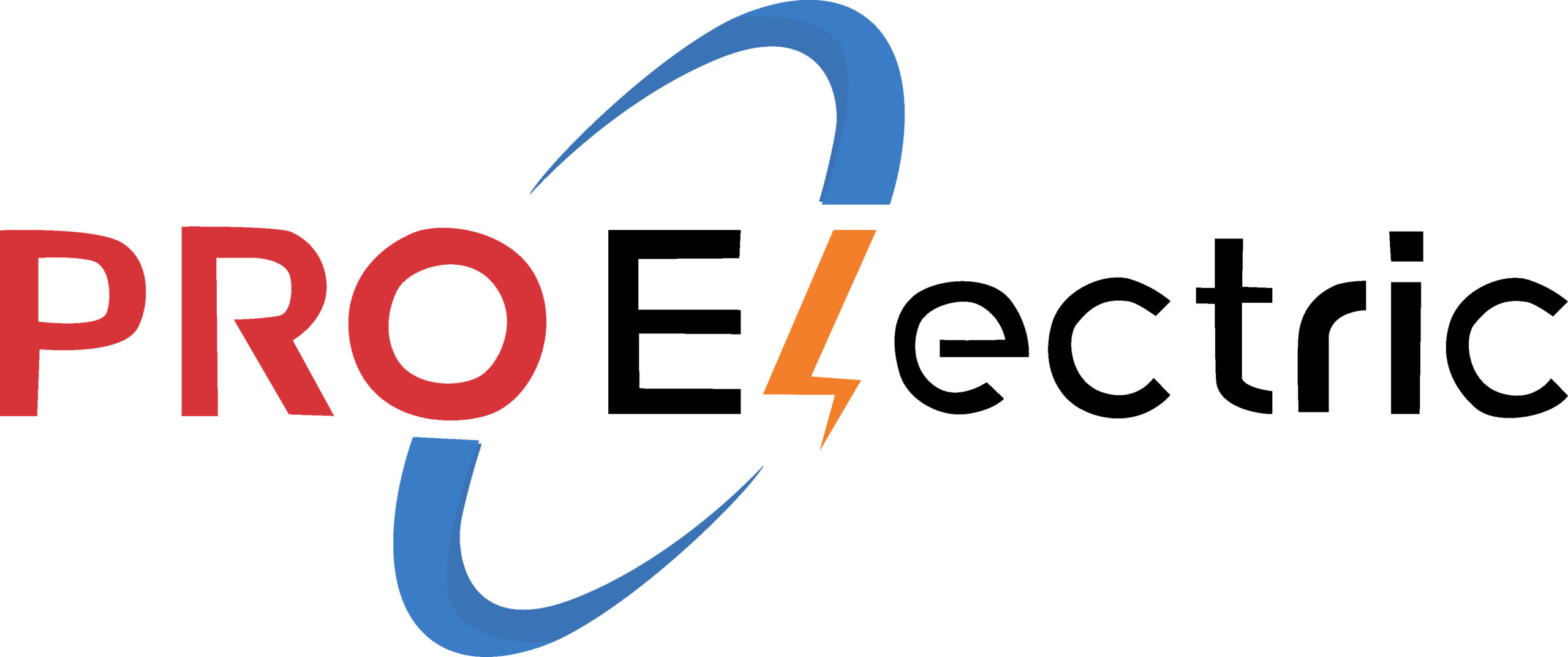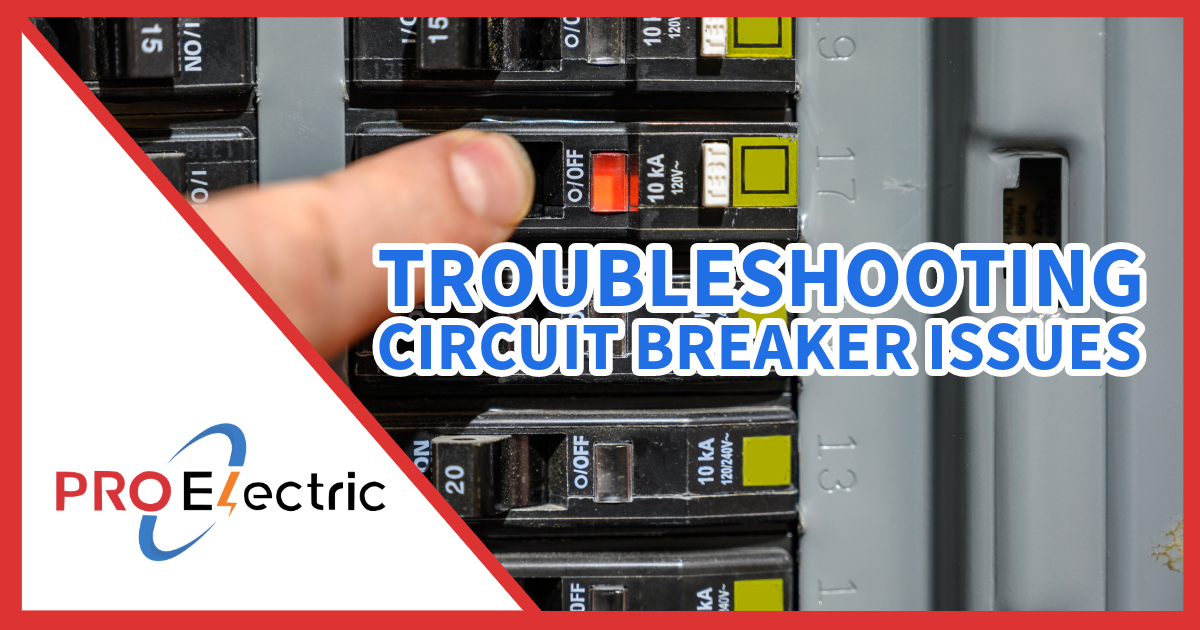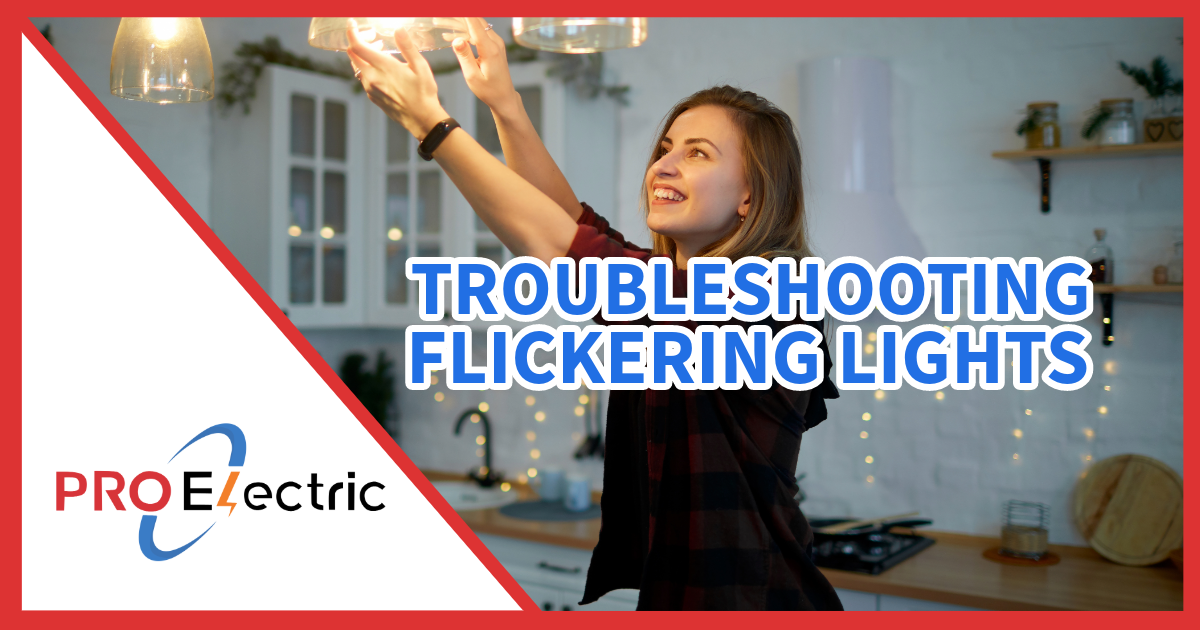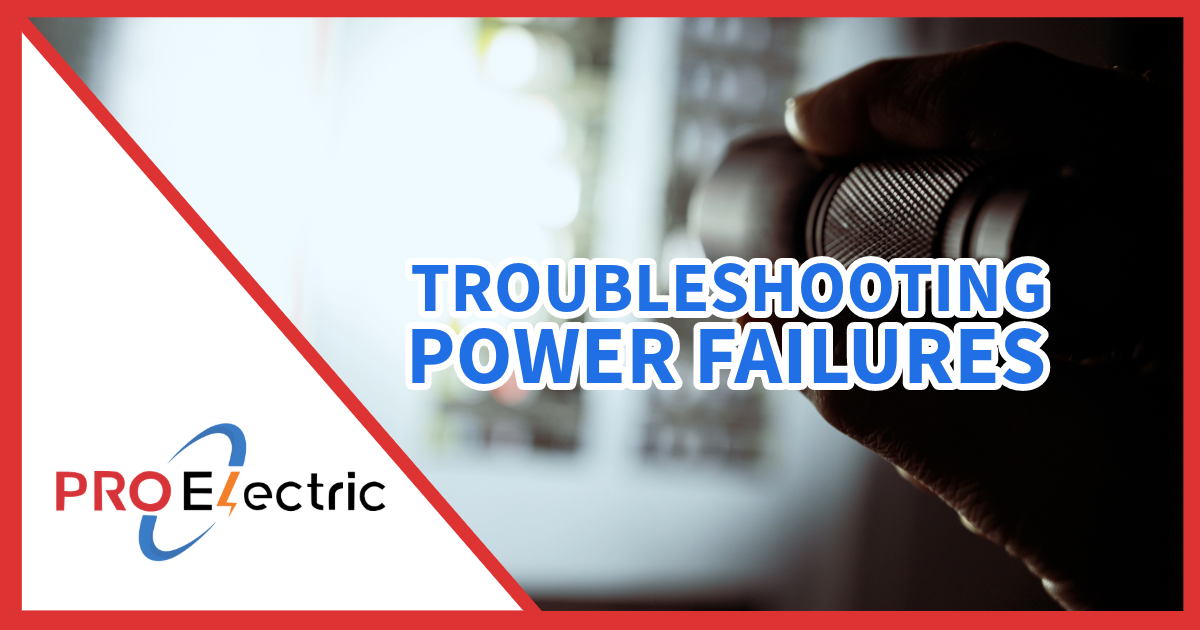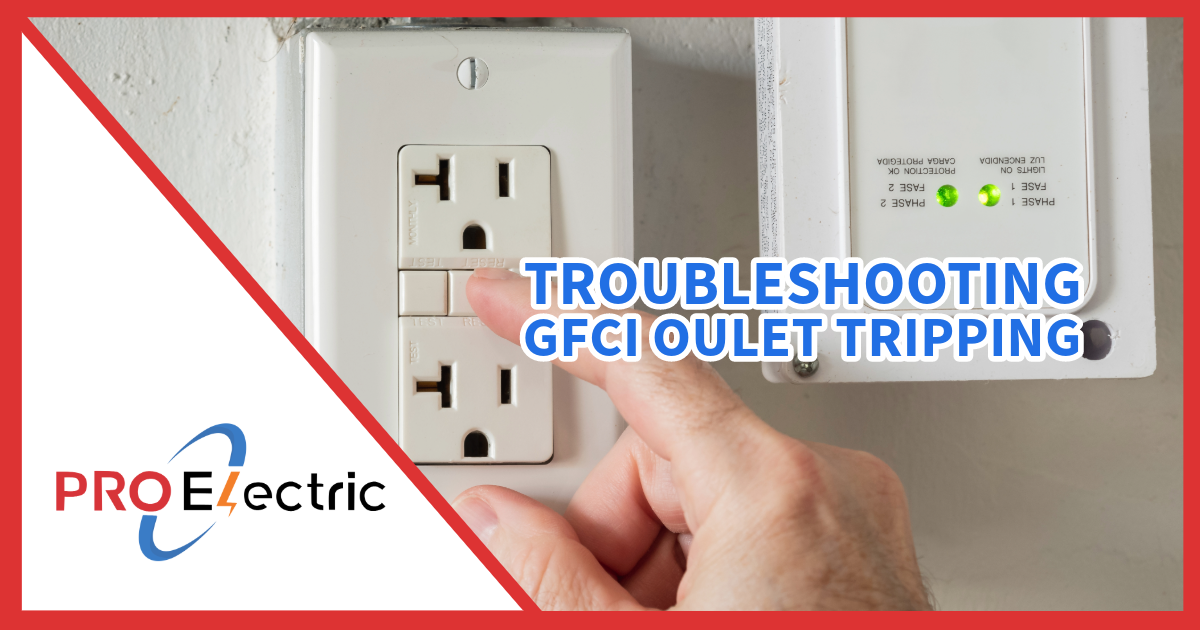A SIMPLE GUIDE FORTroubleshooting Half of
House Losing Power
A SIMPLE GUIDE FORTroubleshooting Half of
House Losing Power
Troubleshooting Half of House Losing Power
Step 1:
Check Your Circuit Breakers
- Locate Your Electrical Panel: Begin by finding your home’s electrical panel, which is typically located in a garage, basement, or utility room.
- Inspect the Circuit Breakers: Look for any circuit breakers that have flipped to the “off” position or are stuck in the middle, indicating a trip.
- Reset Tripped Breakers: Carefully flip any tripped breakers entirely to the “off” position and then back to “on.” This may restore power if a simple overload causes the issue.
Step 2:
Identify GFCI Outlets
- Find GFCI Outlets: These are safety outlets with test and reset buttons commonly found in bathrooms, kitchens, and other wet areas.
- Test and Reset: Press the “reset” button on any GFCI outlets. A tripped GFCI in one part of your home can affect power in another area.
Step 3:
Check for Signs of Overload
- Appliance and Lighting Check: Consider if turning on a particular appliance or light coincides with the power loss. Overloading a circuit can cause partial power outages.
- Redistribute Power Load: Unplug unnecessary appliances or devices from the affected area and plug them into different circuits to balance the load.
Step 4:
Inspect Main Power Supply
- Main Breaker Check: In your electrical panel, the main breaker controls your home’s power. If it’s tripped, it could affect half your house or significant sections.
- Reset Main Breaker: If safe, flip the main breaker off and then on. If you’re unsure or uncomfortable with this step, seek professional help.
Step 5:
Evaluate External Factors
- Neighborhood Power Outage: Check with neighbors to see if they are experiencing similar issues, which could indicate a problem with the utility service rather than your home.
- Weather Conditions: Severe weather can affect electrical power lines and infrastructure, leading to partial or complete power outages.
Step 6:
Seek Professional Assistance
- Contact an Electrician: If the above steps don’t resolve the issue, or you’re uncomfortable performing them, it’s time to contact Peter, our licensed electrician. A more complex issue could be within your home’s wiring or electrical panel.
- Utility Company Consultation: If you suspect the issue is on the utility’s side and neighbors are also affected, contact your local utility company.
⚠️WARNING⚠️
Safety Precautions
- Electrical Safety First: Always prioritize safety when dealing with electrical issues. Avoid touching exposed wires, and don’t attempt repairs you’re not confident in or qualified to perform.
- Power Surge Protection: Consider using surge protectors for sensitive electronics to prevent damage from sudden power returns once power is restored.
By following these steps, you can systematically troubleshoot when half of your house loses power, helping to identify whether the issue is something you can remedy or if professional help is needed. Remember, when in doubt, always opt for the safety and expertise of a qualified electrician.
Troubleshooting Half of House Losing Power
Step 1:
Check Your Circuit Breakers
- Locate Your Electrical Panel: Begin by finding your home’s electrical panel, which is typically located in a garage, basement, or utility room.
- Inspect the Circuit Breakers: Look for any circuit breakers that have flipped to the “off” position or are stuck in the middle, indicating a trip.
- Reset Tripped Breakers: Carefully flip any tripped breakers entirely to the “off” position and then back to “on.” This may restore power if a simple overload causes the issue.
Step 2:
Identify GFCI Outlets
- Find GFCI Outlets: These are safety outlets with test and reset buttons commonly found in bathrooms, kitchens, and other wet areas.
- Test and Reset: Press the “reset” button on any GFCI outlets. A tripped GFCI in one part of your home can affect power in another area.
Step 3:
Check for Signs of Overload
- Appliance and Lighting Check: Consider if turning on a particular appliance or light coincides with the power loss. Overloading a circuit can cause partial power outages.
- Redistribute Power Load: Unplug unnecessary appliances or devices from the affected area and plug them into different circuits to balance the load.
Step 4:
Inspect Main Power Supply
- Main Breaker Check: In your electrical panel, the main breaker controls your home’s power. If it’s tripped, it could affect half your house or significant sections.
- Reset Main Breaker: If safe, flip the main breaker off and then on. If you’re unsure or uncomfortable with this step, seek professional help.
Step 5:
Evaluate External Factors
- Neighborhood Power Outage: Check with neighbors to see if they are experiencing similar issues, which could indicate a problem with the utility service rather than your home.
- Weather Conditions: Severe weather can affect electrical power lines and infrastructure, leading to partial or complete power outages.
Step 6:
Seek Professional Assistance
- Contact an Electrician: If the above steps don’t resolve the issue, or you’re uncomfortable performing them, it’s time to contact Peter, our licensed electrician. A more complex issue could be within your home’s wiring or electrical panel.
- Utility Company Consultation: If you suspect the issue is on the utility’s side and neighbors are also affected, contact your local utility company.
⚠️WARNING⚠️
Safety Precautions
- Electrical Safety First: Always prioritize safety when dealing with electrical issues. Avoid touching exposed wires, and don’t attempt repairs you’re not confident in or qualified to perform.
- Power Surge Protection: Consider using surge protectors for sensitive electronics to prevent damage from sudden power returns once power is restored.
By following these steps, you can systematically troubleshoot when half of your house loses power, helping to identify whether the issue is something you can remedy or if professional help is needed. Remember, when in doubt, always opt for the safety and expertise of a qualified electrician.
Servicing Fairfax, Loudoun, Arlington, and Prince William CountiesWE ARE MASTER ELECTRICIANS
- Ceiling Fan Install & Repair
- Circuit Breaker Replacements
- EV Charger Installation
- Electrical Code Correction
- Electrical Inspections
- Electrical Outlet & Switch
- Electrical Panel Repair & Upgrade
- Electrical Power Restoration
- Electrical Safety Assessments
- Emergency Electrical
- Energy-Efficient Lighting Solutions
Electrical Services
- Ceiling Fan Install & Repair
- Circuit Breaker Replacements
- Electric Car Charger Installation
- Electrical Code Correction
- Electrical Inspections
- Electrical Outlet & Switch
- Electrical Panel Repair & Upgrade
- Electrical Power Restoration
- Electrical Safety Assessments
- Energy-Efficient Lighting Solutions
- Home Wiring
- Hot Tub Wiring
- Landscape Lighting
- Light Fixtures Install & Repair
- Outdoor Lighting
- Security Lighting Installation
- Smart Home Automation
- Smoke & Carbon Monoxide Detector
- Solar Panel Installation
- Surge Protection
Troubleshooting
Preferred Partners
NORTHERN VIRGINIAEV CHARGING STATION LOCATOR MAP BY ZIP CODE
Website Design by HILARTECH, LLC © All Rights Reserved
NORTHERN VIRGINIAEV CHARGING STATION LOCATOR MAP BY ZIP CODE
Website Design by HILARTECH, LLC © All Rights Reserved
